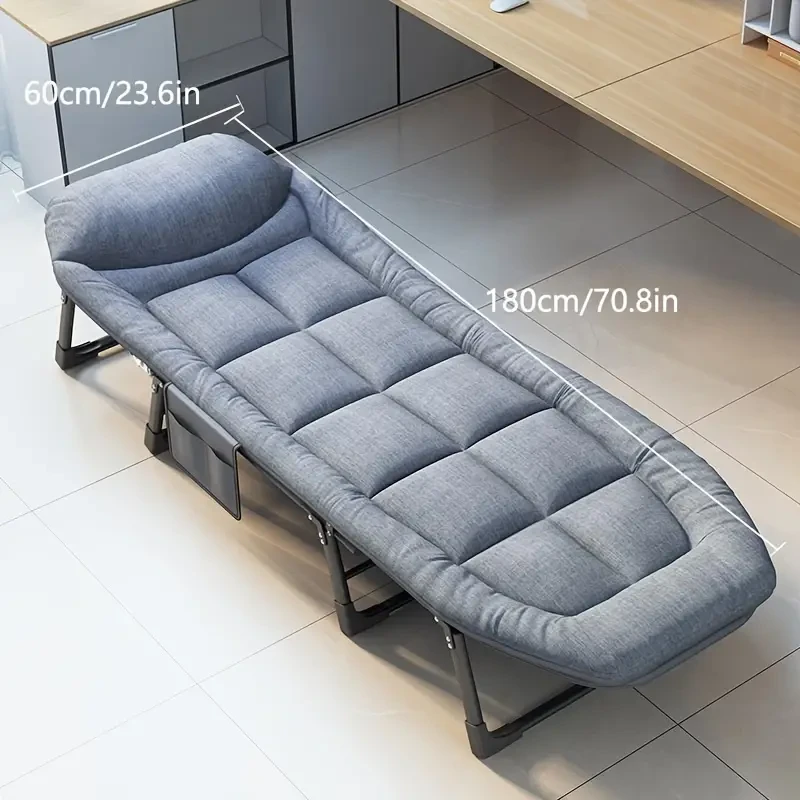




Anatomical Model Of Kidney Stone Pet Dog Lesion
Approx $48.08 USD
Introduction to the Anatomical Model of Kidney Stone and Lesions in Pet Dogs
The Anatomical Model of Kidney Stone and Lesions in Pet Dogs is a specialized educational tool designed to provide a comprehensive understanding of canine kidney health, focusing on kidney stones and lesions. This model is ideal for veterinary students, veterinarians, and pet owners who want to explore kidney structure, common kidney ailments, and their impact on a dog’s health. Featuring detailed depictions of kidney stones, lesions, and healthy kidney tissue, this model allows for hands-on study of kidney function, pathology, and veterinary care. Whether used in veterinary clinics, educational settings, or pet care facilities in New Zealand, this model is an invaluable resource for learning about canine kidney health and treatment options.
H2: Key Features of the Anatomical Model of Kidney Stone and Lesions in Pet Dogs
1. Realistic Depiction of Canine Kidney Anatomy
This model provides a realistic and detailed view of canine kidney anatomy, including structures such as the renal cortex, medulla, pelvis, and blood vessels. It captures the essential aspects of the kidney’s structure, allowing students and veterinarians to understand kidney functions like filtration, fluid balance, and waste elimination in dogs. This foundational knowledge is critical for diagnosing and treating kidney-related health issues in pets.
2. Detailed Representation of Kidney Stones and Lesions
The model showcases kidney stones and lesions within the kidney, offering a visual reference for understanding these common ailments in dogs. The kidney stones are modeled to resemble their appearance in affected kidneys, while lesions are represented to highlight potential areas of inflammation or tissue damage. This feature is particularly useful for veterinary students and professionals studying kidney disease, infection, and urolithiasis (stone formation) in dogs.
3. High-Quality, Durable Construction
Made from non-toxic, high-quality materials, this model is designed to withstand frequent handling in veterinary clinics and educational settings. The durable construction ensures that it retains its shape and detail over time, making it ideal for veterinary schools, pet care centers, and animal health training programs. This quality allows it to be a long-lasting tool for learning about canine kidney health and disease prevention in New Zealand’s veterinary field.
4. Color-Coded and Labeled Sections for Easy Identification
The model often includes color-coded sections that differentiate healthy tissue from diseased areas, such as lesions or kidney stones. Labels provide clear guidance for identifying key structures, making it easier for visual learners to understand kidney anatomy and pathology. This color-coding enhances comprehension and helps users distinguish between normal and abnormal kidney structures, which is especially helpful in a learning environment.
5. Cross-Sectional View for In-Depth Study
The model typically features a cross-sectional view of the kidney, allowing users to observe the inner structures and the placement of kidney stones or lesions. This cross-sectional design provides insight into how kidney stones can obstruct urinary flow or how lesions might impact kidney function. This feature is beneficial for visualizing the progression of kidney disease and understanding how different pathologies affect canine kidney health.
6. Compact and Display-Ready Design
Designed to be compact and portable, the model is easy to display on desks, shelves, or examination tables in clinics, classrooms, and veterinary offices. Its stable base keeps it secure during study sessions or consultations, making it an ideal choice for veterinary professionals, students, and educators in New Zealand. The display-ready design makes it convenient for on-the-go learning and demonstrations.
H2: Why Choose the Anatomical Model of Kidney Stone and Lesions in Pet Dogs?
1. Essential for Veterinary and Animal Health Education
This kidney model is a vital resource for understanding kidney anatomy and pathology in dogs, making it indispensable for veterinary and animal health education programs. It provides a clear view of kidney structure and common issues like stones and lesions, helping students and professionals grasp kidney health in canines. For New Zealand’s veterinary students and practitioners, this model offers an accessible way to learn about kidney-related health challenges in dogs.
2. Ideal for Veterinary Training and Patient Education
The model is invaluable for veterinary training programs and clinics, allowing veterinarians to explain kidney health, disease symptoms, and treatment options to pet owners. By showing the effects of kidney stones or lesions, veterinarians can help pet owners understand the importance of early diagnosis and treatment. This model serves as an effective educational tool for discussing kidney health and preventative care with pet owners.
3. Supports Visual and Kinesthetic Learning
The model caters to both visual and kinesthetic learners, making it versatile for various educational needs. The color-coded sections support visual learning, while the detailed design allows kinesthetic learners to explore kidney structure and pathology directly. This interactive approach makes learning about canine kidney anatomy and disease progression more effective and memorable.
4. Useful for Exam Preparation and Practical Assessments
For veterinary students preparing for exams or practical assessments, the Anatomical Kidney Model serves as a valuable study aid. Its realistic design and labeled parts make it easy to review kidney anatomy and disease processes, reinforcing essential knowledge needed for exams. Veterinary students benefit from this hands-on approach to studying kidney health in pets, enhancing retention and confidence.
5. Educational Display for Veterinary Clinics and Pet Care Centers
Beyond its educational function, the Anatomical Kidney Model serves as an informative display for veterinary clinics and pet care centers. In clinical settings, it provides a visual aid for explaining kidney disease and treatment options to pet owners, helping them understand conditions affecting their pets’ health. For veterinarians and educators in New Zealand, this model promotes awareness of kidney health, supporting conversations about preventative care.
H2: Maintenance and Care Tips for Your Anatomical Model of Kidney Stone and Lesions in Pet Dogs
To keep your model in excellent condition, follow these care tips:
-
Dust Regularly: Use a soft cloth or brush to remove dust from the model, particularly around intricate areas. Regular
cleaning preserves the model’s appearance and prevents dirt buildup.
-
Avoid Direct Sunlight: Display the model away from direct sunlight to prevent colors from fading over time. Indoor display
helps maintain its quality and vibrant look.
-
Handle with Care: Although durable, handle the model gently to avoid damaging delicate areas, especially if it includes
fine details of lesions or stones.
- Store Properly When Not in Use: When not displayed, store the model in its original packaging or a dust-free area to protect it from potential damage. Proper storage helps extend the model’s lifespan for long-term educational use.
Product information :
Material: Imported PVC material, imported paint, computer color matching, high-level painting
Weight: 0.6kg
Normal and diseased kidney models. This double-sided kidney model includes a normal kidney anatomy on one side and a diseased anatomical
surface on the other side
Size Information :
Specification: 18*15*20CM





.gif)




















.jpg)



























.jpg)








































.jpg)









.jpg)


ulva-Logo.jpg)



